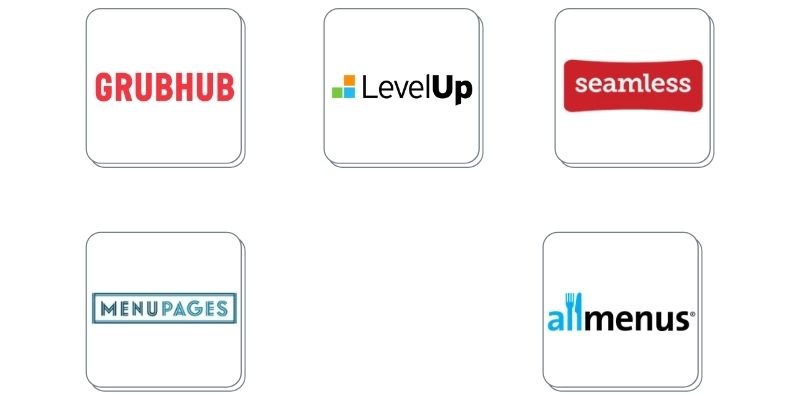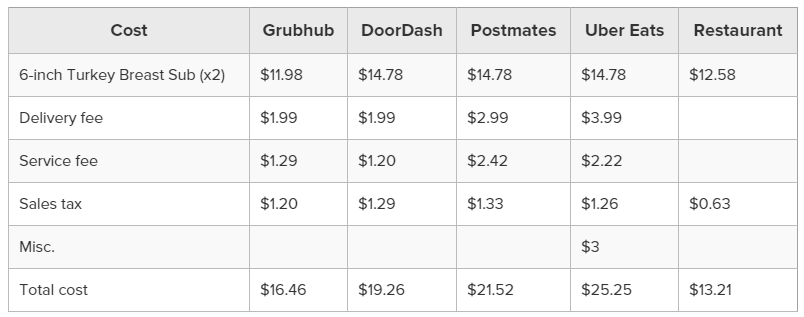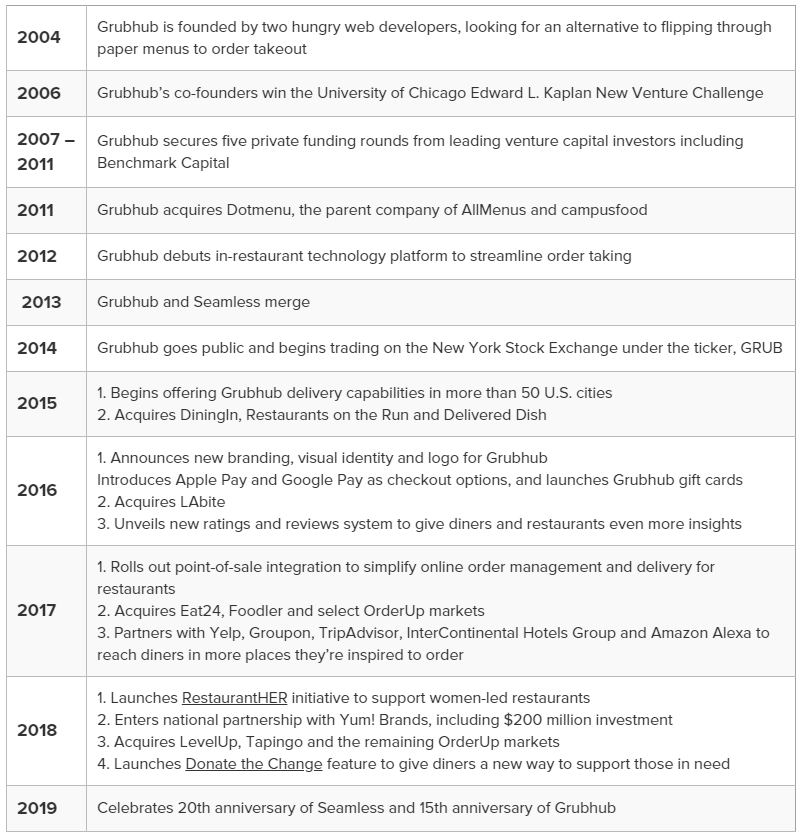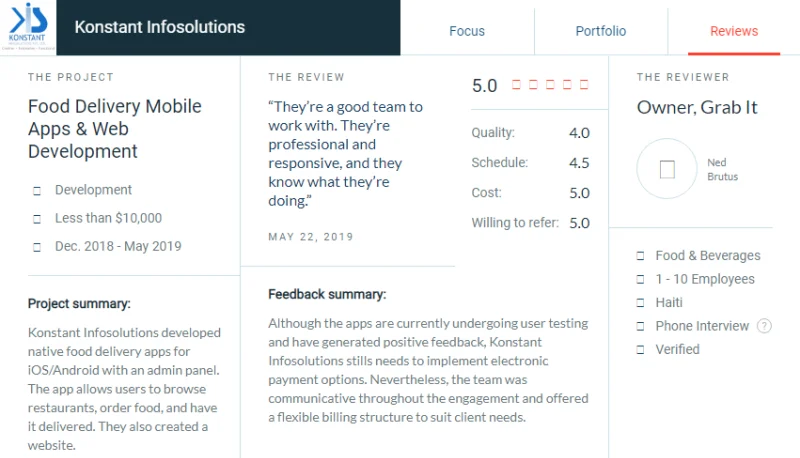
Table of Contents
Today, the online platform has completely transformed our lifestyle, our communication patterns, our shopping habits, and the way we conduct business.
The food delivery market is no different and has changed at an accelerated pace with revenues in the online food delivery segment amounting to US $95,413m in 2019. You’ll be amazed to know that the online food market’s largest segment is restaurant-to-customer delivery with a market volume of US $74,451m in 2019. This is where apps like Grubhub comes in.
Grubhub is an online on-demand food delivery platform that takes your order, asks it workers to fetch your order from the local restaurant of your choice, and gets it delivered right to your doorstep- a restaurant to customer delivery service.
| Founded | 2004 |
| Founders | Matt Maloney, Mike Evans |
| Headquarters | Chicago, Illinois, United States |
| Subsidiaries | Eat24, OrderUp, Foodler, BiteGrabber, Eat24, LevelUp, Seamless, Tapingo |
| Daily Orders | 668,000 |
| Restaurant Partners | 245,000 |
| Active Diners | 30 million |
| Revenue | $131 crores (2019) |
| Gross Food Sales | $6 billion so far in 2020 |
| Number of employees | 2,773 (Jan. 22, 2020) |
| Serves | 4000+ U.S. cities |
| Tips To Drivers | $3 billion |
| Spent on Support Efforts | $100 million |
| Money Raised Through Donation by Our Diners | $34 million |
| IPO | 7th, April 2014 |
| IPO Share Price | $26 |
| Amount Raised Through IPO | $200 million |
Amazing, isn’t it? But how does Grubhub work, and what is its revenue/business model? Let’s begin first how does Grubhub works.
Grubhub comprises of a portfolio of brands like LevelUp, MenuPages, Seamless, AllMenus Grughub.



Let’s analyzing the Grubhub business model.
With an objective to make food ordering and food delivery a seamless experience, Grubhub connects local food outlets in the city with the customers.
Grubhub, therefore, serves two segments:
By offering a compelling value proposition to both, Grubhub has been able to capture a decent chunk of the online food market.
Grubhub’s Value Proposition for Restaurants
This proposition becomes even more lucrative as no upfront or subscription fee is charged by Grubhub from the restaurants, who also enjoy no compulsion to apply any kind of discount on their menu. Restaurants are required to pay to this portal only when the diners are generated making it a low-risk, high-return, completely trackable model.
Grubhub’s Value Proposition for Customers
This value proposition is quite rewarding to the customers who want to eat food at the comfort of their home with a variety of restaurants and food items available at their fingertips. This proposition is especially compelling for the segment that doesn’t know how to cook or the segment that loves to eat outside but doesn’t get the time to do so.
Also read: Best Food Delivery Apps – Mastering Prep and Delivery in One Fell Swoop
To bring to life this business model, Grubhub utilized the online and mobile platforms that are now being widely used by the competitors. With apps like Doordash, Ubereats, Postmates, Delivery.com, Yelp Eat 24 and so on, the food app development market has reached an entirely new level leading to an increased need to hire professional app development agencies for developing a great app with features like push notifications and in-app ordering.
This brings us to the next step where we need to analyze the app costs and the potential revenue these apps can generate. Ever wondered what it costs to build an app like Zomato or Swiggy or Ubereats? How much does Grubhub cost? Is Grubhub’s revenue model viable and profitable?
Let’s study Grubhub’s Revenue model to dwell deeper into it.
With several competitors around, generating large revenues becomes a difficult task, however, Grubhub has been able to create its own unique space in the online food market. So, what are the sources of revenue for Grubhub?
| Your Website Orders | Grubhub Prepaid Orders | |
| Delivery Commission Rate | 10% | 10% |
| Processing Fee (per transaction) | 3.05% + $0.30 | 3.05% + $0.30 |
| Marketing Commission | 20%+ |
Also read: Have Your Own Spankin’ New Restaurant Finder App Like EAT24 (Grubhub)!
Though Grubhub is currently in a strong position but to retain and grow its current market share, it needs to keep up with the new technological advancements and continue creating compelling value propositions.

To recap, Grubhub offers a seamless and frictionless food delivery service to its customers using the online and mobile app platforms. Though the business model is not one of its kind, however, with continued hard work, dedication and a strategic approach, the Grubhub team has created a comfortable niche for their app in the market. To gain a competitive edge, Grubhub offers compelling value propositions to both its partners- customers and restaurants and earns its revenue from the delivery and commission fee, and the extra commission. The crux is to stay vigilant, pace up with the upcoming technologies and continue to woo customers and restaurants in new ways.



Manish Jain is the co-founder and Managing Director at Konstant Infosolutions. He is responsible for the overall operations of the company and has played a major role in bringing Konstant up from its humble beginnings and, with his immense energy and drive, transforming it into a globally trusted name in IT solutions.
Or send us an email at: [email protected]